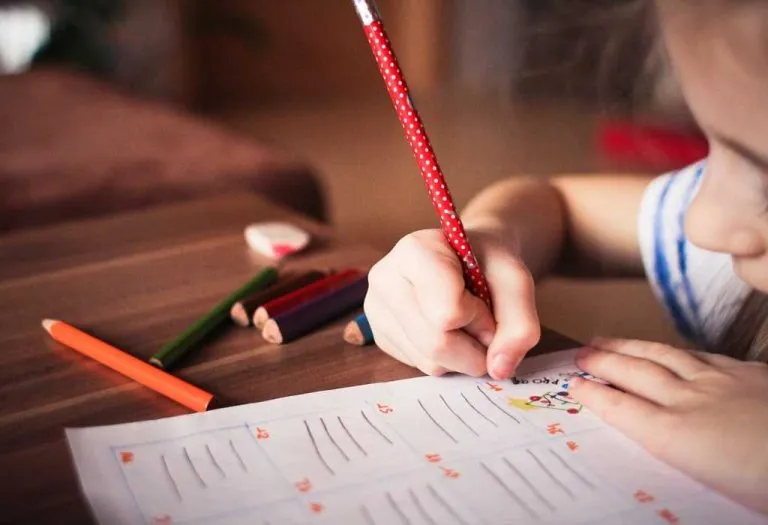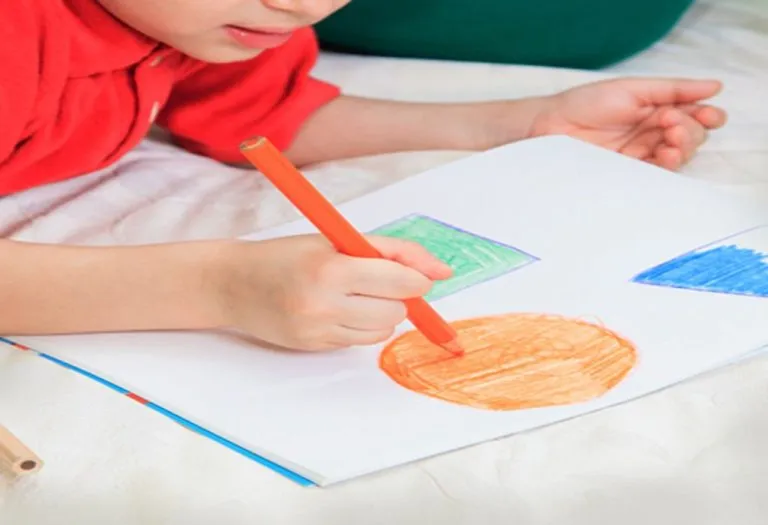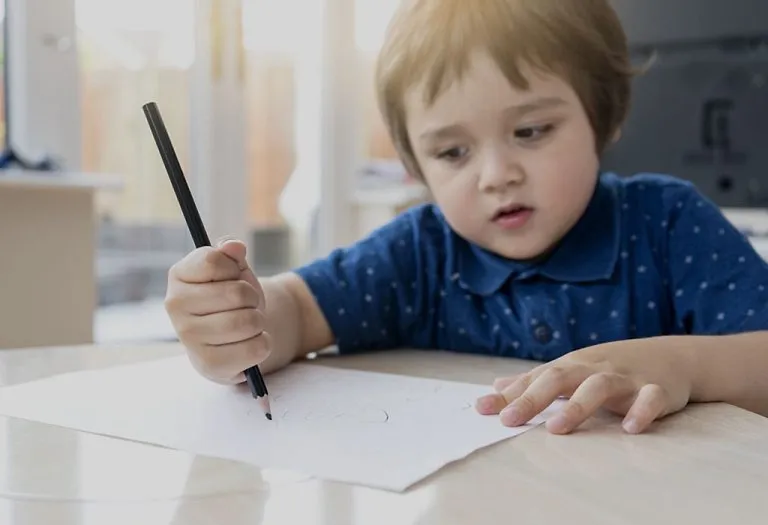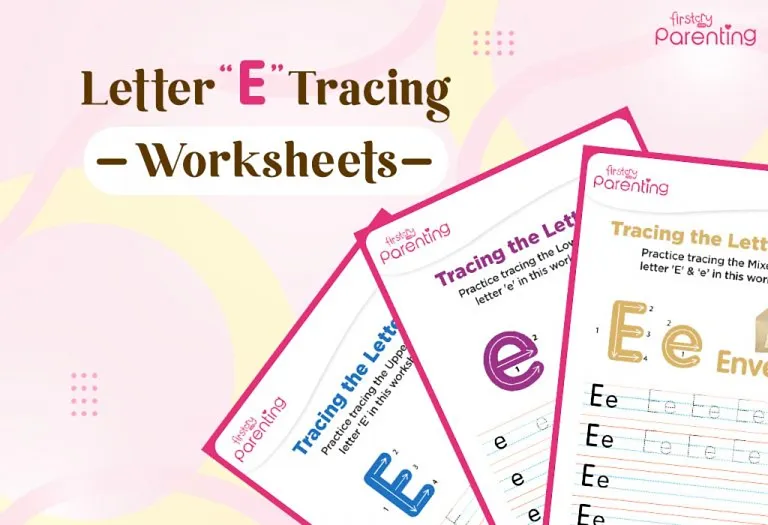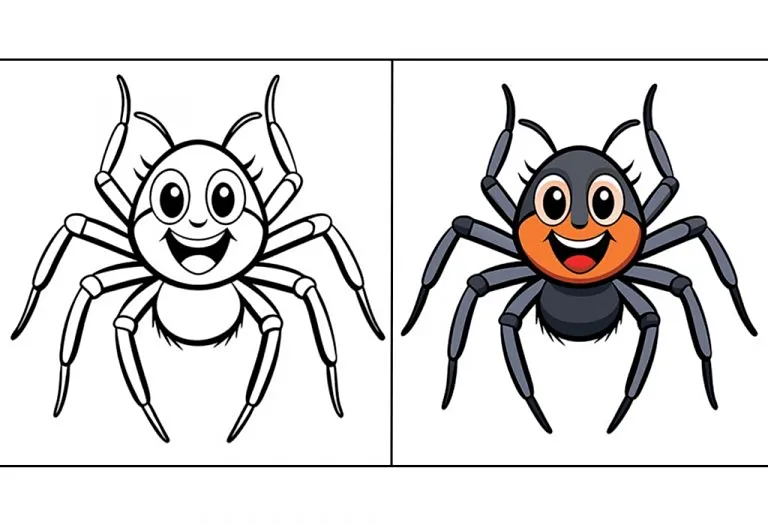Positional and Directional Words – What Are They & Examples
Are you geared to help your tot point out positions and directions? Help her move forward in her language acquisition milestone with these smart tips. Teaching directional words to your 21-month-old toddler with activities and worksheets is the way to go. You’ll love it too!
‘Above’ or ‘behind’- where will you place that cuddly rabbit? Turn your red car to the ‘left’ and the ‘yellow’ one to the right! Queries and instructions such as these may sound a tad heavy for your 21-month-old toddler. But then, she has to learn direction words in English. This is the time you can also begin including positional words that define the placement of an object.
What Are Directional Words in Language?
Directional words are those that are relevant to pointing out directions. Think under, top, middle, bottom, left and centre. While the concept of directions can help your little one point out if the cat is ‘behind’ the sofa, or if B comes ‘after’ A, you need to go one further with positional words for kindergarteners.
Directional Words Examples
| Above | Below | Beside |
| Between | Toward | Behind |
What Are Positional Words?
Words used to describe the placement of things or people arranged in any given order are called positional words. Some examples are first, second, third, fourth and so on. Aside from adding to your child’s vocabulary, she’ll find it much easier to express certain things and ideas.
Positional Words Examples
| Inside | Outside | Under |
| Over | In front of | Behind |
Why Are Positional and Directional Words Important for Preschoolers & Kids?
Positional and directional words are crucial for young children’s development because:
- Develops Spatial Reasoning: Understanding words like under, over, between, and next to helps children mentally map objects in space. This skill is foundational for math (geometry, patterns), science (observing relationships), and daily navigation (finding items, following directions).
- Strengthens Language & Communication: These words expand vocabulary and help kids give/follow clear instructions (e.g., “Put the plate beside the cup”). Precise language reduces frustration and boosts confidence in social and classroom settings.
- Promotes Safety & Independence: Phrases like “Stay behind the line” or “The scissors are inside the drawer” teach kids to navigate environments safely. This awareness is crucial at home, school, and in public spaces.
- Supports Early Literacy & Writing: Books and stories frequently use positional language (e.g., “The owl is above the moon”). Recognising these words aids reading comprehension, while using them helps kids describe scenes when writing or drawing.
- Enhances Play & Social Skills: Games like hide-and-seek (“I’m behind the tree!”) or building blocks (“Place the red one between the blues”) rely on these terms. Cooperative play strengthens teamwork and problem-solving.
How to Use Positional and Directional Words in Sentences?
Positional and directional words for preschoolers help us describe where things are located or how they move. These words make our instructions clearer and our stories more vivid. Here are some examples showing how to use them correctly in sentences:
- The book is on the table.
- The cat jumped over the fence.
- She hid the toy under the bed.
- Walk toward the park, then turn left.
- The keys are between the books on the shelf.
- The aeroplane flew above the clouds.
FAQs
1. Do positional/directional words influence how we think about time?
Positional words like “before” and “behind” secretly shape how we imagine time! English speakers see time moving forward (future) and backwards (past), while Mandarin speakers describe time as up (past) and down (future). Our space words become invisible time metaphors in every language.
2. Why do kids mix up “Left/right” longer than other directional words?
Unlike up/down (which are gravity-based), left/right are body-relative and change perspective. Kids typically master them by age 7-8, after developing laterality (awareness of their own sides).
3. Do these words exist in all languages?
Most languages have positional/directional terms, but some use absolute directions (north/south) instead of relative ones (left/right). For example, they’d say “The cup is east of the plate”!
This was an interesting topic, wasn’t it? Teach simple position words for class 1, like in, on, under, and beside, through fun games and everyday examples. Do you have interesting ideas to teach direction words to toddlers? Share them with us in the comments.
Also Read:
Magic Words for Kids
Word Games for Kids
Sight Words for Preschoolers
Words of Encouragement for Children
Was This Article Helpful?
Parenting is a huge responsibility, for you as a caregiver, but also for us as a parenting content platform. We understand that and take our responsibility of creating credible content seriously. FirstCry Parenting articles are written and published only after extensive research using factually sound references to deliver quality content that is accurate, validated by experts, and completely reliable. To understand how we go about creating content that is credible, read our editorial policy here.






